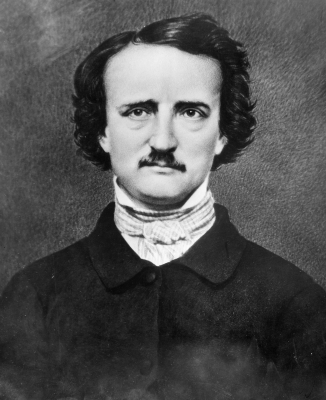
Edgar Allan Poe, American short-story writer, poet, critic, and editor who is famous for his cultivation of mystery and the macabre. His tale “The Murders in the Rue Morgue” (1841) initiated the modern detective story, and the atmosphere in his tales of horror is unrivaled in American fiction. His “The Raven” (1845) numbers among the best-known poems in the national literature.
Poe and his works influenced literature around the world, as well as specialized fields such as cosmology and cryptography. He and his work appear throughout popular culture in literature, music, films, and television. A number of his homes are dedicated museums today. The Mystery Writers of America present an annual award known as the Edgar Award for distinguished work in the mystery genre.
After his early attempts at poetry, Poe had turned his attention to prose, likely based on John Neal’s critiques in The Yankee magazine. He placed a few stories with a Philadelphia publication and began work on his only drama Politian. The Baltimore Saturday Visiter awarded him a prize in October 1833 for his short story “MS. Found in a Bottle”. The story brought him to the attention of John P. Kennedy, a Baltimorean of considerable means who helped Poe place some of his stories and introduced him to Thomas W. White, editor of the Southern Literary Messenger in Richmond. Poe became assistant editor of the periodical in August 1835, but White discharged him within a few weeks for being drunk on the job. Poe returned to Baltimore where he obtained a license to marry his cousin Virginia on September 22, 1835, though it is unknown if they were married at that time. He was 26 and she was 13.
Poe was reinstated by White after promising good behavior, and he went back to Richmond with Virginia and her mother. He remained at the Messenger until January 1837. During this period, Poe claimed that its circulation increased from 700 to 3,500. He published several poems, book reviews, critiques, and stories in the paper. On May 16, 1836, he and Virginia held a Presbyterian wedding ceremony at their Richmond boarding house, with a witness falsely attesting Clemm’s age as 21.
Picture Credit : Google
